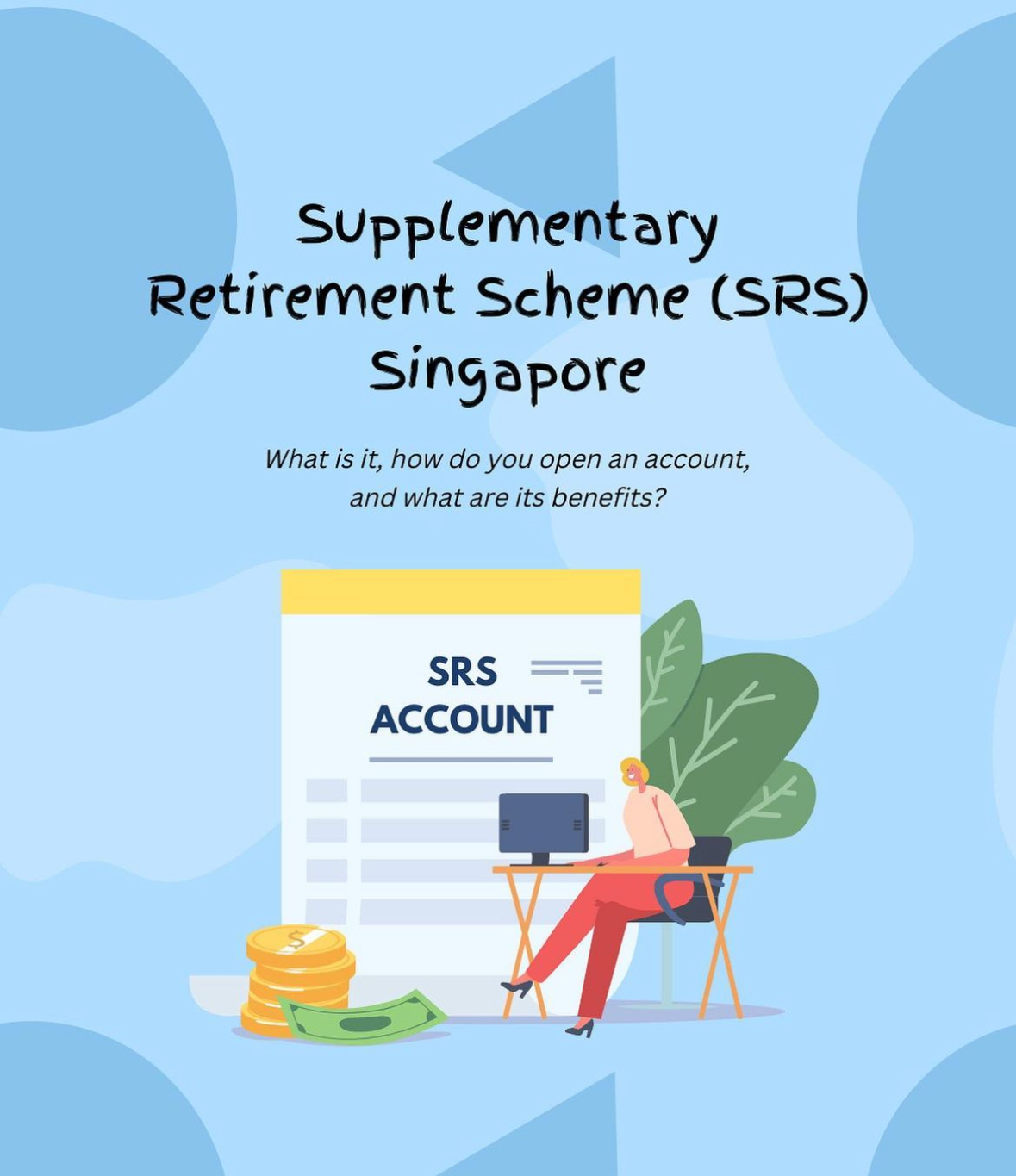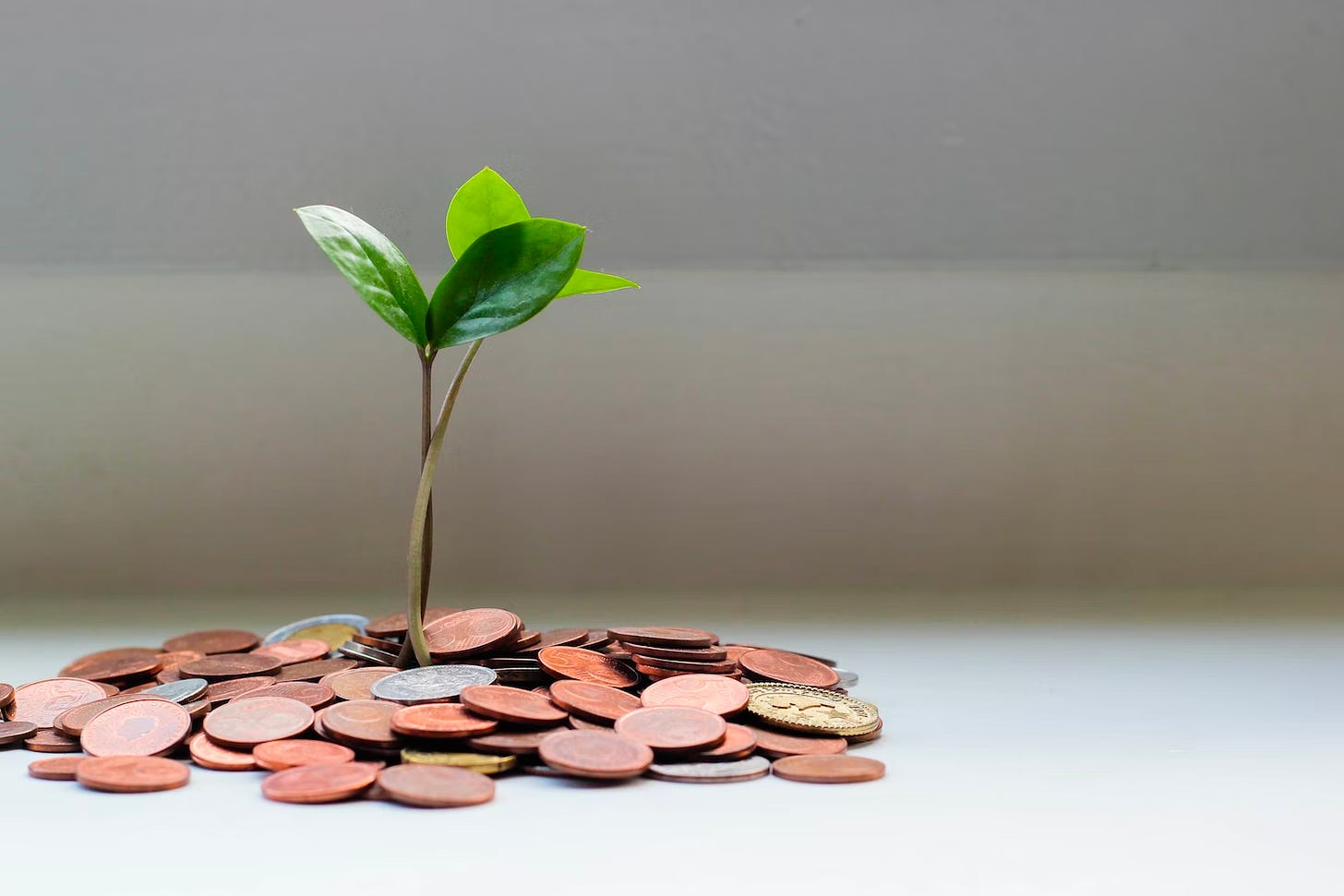Supplementary Retirement Scheme Singapore Guide: What is SRS, how to open account & more
All about the Supplementary Retirement Scheme (SRS) in Singapore, including what it is, how to open an account, what benefits it offers & more

Retirement is an important life stage that all of us must prepare for. And arguably, no one plans for it better than the Singapore government.
Many of us may have heard of the iconic Central Provident Fund (CPF).
But what about the Supplementary Retirement Scheme (SRS)?
SRS was first introduced in 2001 as part of our government’s plans to ensure financial security for its ageing population. It provides an additional avenue for Singaporeans to save for their retirement beyond our trusty CPF.
What is the Supplementary Retirement Scheme (SRS)
SRS is a voluntary scheme where Singaporeans, Permanent Residents (PRs), and even foreigners can contribute a sum of money to their SRS account, up to a yearly cap as follows:
-
Singaporeans and PRs: S$15,300
-
Foreigners: S$35,700
The amount contributed offers tax relief and can also be used to purchase various investment instruments.
You can withdraw the money from your SRS account after reaching the statutory retirement age (63 years old as of 1 July 2022) or on certain medical grounds. 50% of the withdrawals from SRS are taxable at retirement at your prevailing tax bracket.
However, note that the tax concessions on your withdrawals will only apply for ten years from the date of your first withdrawal.
Benefits of contributing to your Supplementary Retirement Scheme (SRS) account in Singapore
-
Up to S$15,300 tax relief: Your SRS account is basically a tax deferment account. Contributing to it allows dollar-for-dollar tax discounts, up to a relief of S$15,300 every year for Singaporeans and PRs or S$35,700 for foreigners. Note that one’s annual personal income tax relief cap of S$80,000 still applies.
-
Higher potential returns: Investing your SRS monies can give you higher potential returns than not investing the sum at all. Investment returns are also accumulated tax-free (with the exception of Singapore dividends).
Drawbacks of contributing to your Supplementary Retirement Scheme (SRS) account in Singapore
- Not flexible: Unfortunately, one main drawback of the SRS is that you are limited to certain investments for your SRS account. After all, this is meant to be a “safe pot” for your retirement.
Here are the products you may invest in using your SRS account:
-
SGD fixed deposits
-
Singapore Savings Bonds
-
Endowment insurance plans
-
Index funds
-
Unit trusts
-
Blue chip shares
- Penalty if withdrawals are done before 63 years old: Though SRS differs from the CPF in which you can still take out your monies whenever you wish, doing so will incur a penalty of 5% and you’ll also be taxed 100% on the amount withdrawn based on your income tax bracket. Double ouch!
Who should top up their Supplementary Retirement Scheme (SRS) account in Singapore
So, who should top-up their SRS account and is it worth contributing to yours? There are mainly two groups who ought to do SRS top-ups.
Those with an annual income of at least S$80,000 or higher: Here are the income tax rates from the Inland Revenue Authority of Singapore (IRAS). Notice how’s there’s a big jump in gross tax payable from the first S$80,000 compared to the first S$40,000?
(source: IRAS)
If you earn at least S$80,000 annually, contributing the maximum sum to SRS means you’ll be saving:
11.5% x S$15,300 (maximum contribution to SRS) = S$1,760
Ideally, it’s best to be contributing to SRS when you earn at least $120,000 annually, in which you’ll save:
15% x S$15,300 (maximum contribution to SRS) = S$2,295
Those close to statutory retirement age (63 years old): Another group of individuals who are encouraged to top-up their SRS accounts are those close to 63 years old (statutory retirement age). Top up to get tax relief, take the money out when you retire, and pay only 50% tax on the withdrawals.
For those who pass either one of these criteria, contribute to your SRS account by 31 Dec 2023 and enjoy tax relief in the Year of Assessment 2023! Prefer to use other ways to reduce taxes? Find out our other tax reduction methods in Singapore here!
How to open your SRS account in Singapore and get started
Simply pick an SRS operator from one of the three local banks–DBS/POSB, UOB, or OCBC–deposit your money, and buy any of the eligible products above.
Supplementary Retirement Scheme (SRS) hacks:
Key things to note
If you decided to contribute to your SRS account, here are three hacks to maximise its usage!
1. Open an SRS account as early as possible with a S$1 contribution: Your retirement age is locked in the moment you open your SRS account, according to the Ministry of Finance. The earlier your statutory retirement age, the faster you can withdraw your SRS money without incurring any penalties. The official retirement age in Singapore is 63 years old as of June 2023. This will be progressively raised to 65 years old by 2030.
2. Use the money inside your SRS account to invest: If you don’t invest, the interest earned is meagre at 0.05%.
3. Spread out withdrawals if possible: Spreading out your withdrawals allows you to pay lesser or even zero taxes. The most efficient way is to withdraw up to S$40,000 per year from your SRS account on or after reaching the statutory retirement age.
Why S$40,000? This amount is the maximum sum you can withdraw which nets you 0% tax. Let’s assume that your income drops to zero after retirement. Then you withdraw S$40,000 from SRS that year. You only pay 50% income tax on of that, which is S$20,000.
Referring back to Singapore’s income tax rates table, the first S$20,000 of income equals 0% tax, so you pay absolutely no tax on the withdrawal from your SRS account.
Act on it!
After reading this article, we hope it helped you better understand what SRS is and how you can utilise it to your benefit. For starters, open your SRS account!
Got questions?
If you need to speak to someone about your finances or need some help about navigating around them you may book a session with us where you may better understand your current policies or enquire further. We’re opening up a space just for you readers :)



